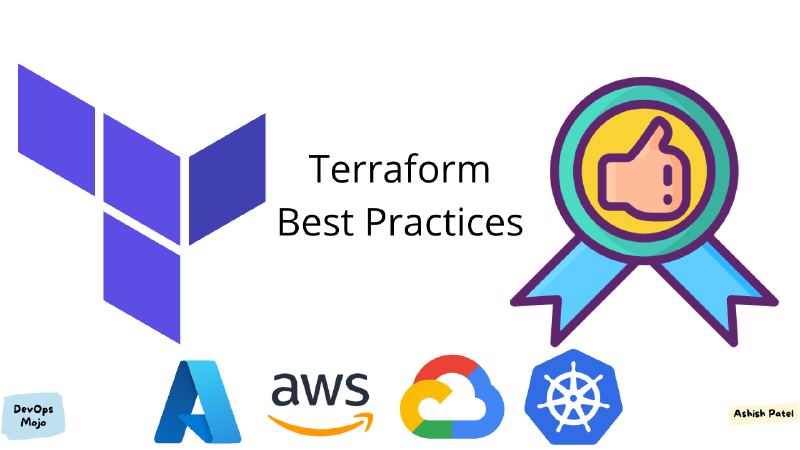📁 Structure Overview
When working with infrastructure as code, choosing the right Terraform module structure can be crucial for maintainability, scalability, and operational safety. In this post, I’ll document how I approached organizing Terraform code for managing Auth0 tenants independently of the broader platform infrastructure. Here’s the final structure I implemented under our Terraform monorepo:
| |
⸻
🎯 The Problem
Previously, our auth0 Terraform configuration lived within the same platform folder as our other microservices. This posed a few issues:
- 🔄 Shared root modules meant shared state, leading to potential clashes between dev and prod environments.
- 🚫 Any change or issue in auth0 could block platform deployments.
- 💥 Less isolation increased the blast radius for errors or upgrades.
⸻
✅ The Solution
To reduce risk and improve isolation, I extracted auth0 from the shared platform root module and moved it under its own folder within the org/ structure.
Instead of using a single root module with multiple tfvars for environments (as we do for platform), I opted to create two completely separate root modules: one for auth0-dev and one for auth0-prod.
Why?
- 🔄 Auth0 has a distinct lifecycle compared to platform services.
- 🛡️ Decoupling improves safety — I can upgrade or test the dev tenant without touching production.
- 📂 Separate state files make it easier to manage lifecycle events (e.g., state migrations or imports).
⸻
💡 Key Takeaways
- 📝 Terraform code should be easy to read, even if it’s not perfectly DRY. Stability > cleverness.
- 🛡️ Organizing infrastructure into isolated root modules with clear boundaries can prevent cross-env interference.
- ⚙️ This structure allows more granular CI/CD workflows — you can plan/apply per service or environment.
⸻
📚 References
⸻
🚀 This setup has been working well for us so far. It gives clarity, safer deployment boundaries, and the flexibility to scale or refactor as needed.
